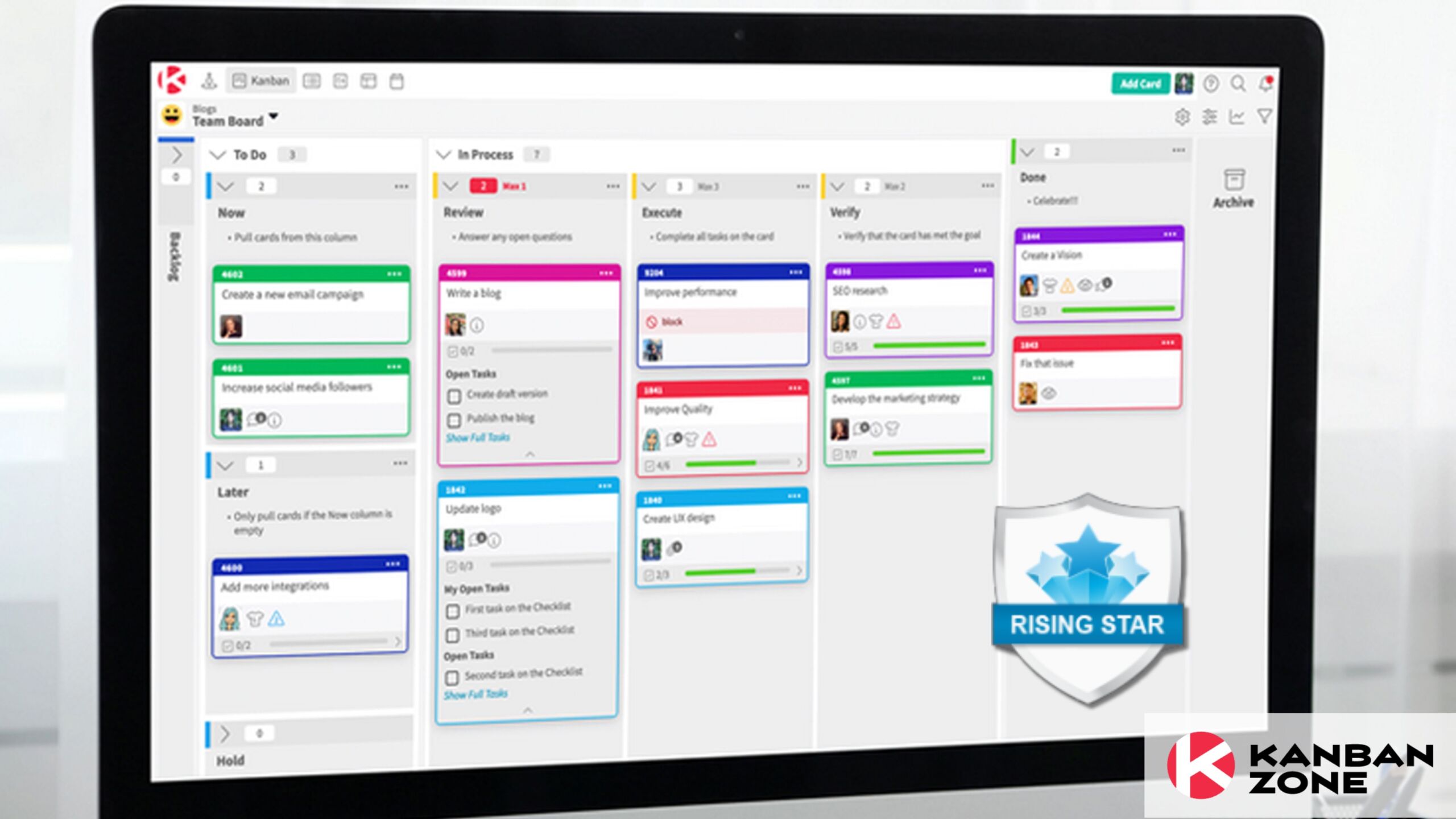
The path to business agility doesn’t happen overnight. The right foundations need to be set. Gone are the days when projects would take two to five years to complete. Organizations that are still trapped in their traditional project execution approaches would highly likely close shop. New project management approaches are needed in order to respond to more complex market demands and technology advancements.
Companies must realize that agility is a key ingredient to staying relevant in today’s volatile and disruptive market environment. Changes in technology and consumer behaviors come at us quickly. Organizations must be always on their toes ready to adapt and respond to these changes.
These five steps will help your company in achieving business agility:
1. Shift the Organizational Culture
Any big endeavor starts with the right mindset and the journey to achieving company agility is no exception. It is not enough that one person in the room decides to pursue agility. It must be the whole organization that drives it and it needs to start from the top.
Leadership will set the tone for any agile business model implementation. Company leaders need to understand and advocate the importance of agility. Doing so enables them to create the right environment where employees are able to experiment and continuously learn how to improve their business processes.
Trust is a major cornerstone in company agility. Leaders must trust their teams to get the job done but also provide the security they need to not be afraid of committing mistakes. True agility gives importance to getting feedback faster, not to get the product right on the first try. It is this focus on outcomes rather than outputs that set teams in the right path towards agility.
Successful organizations are able to drive their business forward because they focus on being flexible. They are able to work through obstacles, market changes, and risks because their mindset allows them to adapt their processes and priorities accordingly.
2. Recognize the Need for Multiple Agile Approaches
Companies need to be able to have multiple agile project management approaches at their disposal. This allows for greater flexibility and low changeover should the need to switch priorities arise. Each project will have its own unique needs and requirements. Companies need to accept that there is no one-size-fits-all approach when it comes to project delivery.
PMI’s Pulse of the Profession 2017 In-Depth Report: Achieving Greater Agility highlighted that organizations with high agility are able to use agile, predictive, and hybrid approaches across their projects. It also reported around 86% of organizations with high agility expect their project teams to adapt their management approach to the specific needs of their project.
3. Equip, Enable, and Empower Employees
The key to true agility is to ensure that everyone in the company is able to pursue it. This means that you have to ingrain agility in your organization’s backbone – your employees.
For talent acquisition, hire professionals who are knowledgeable and experienced in a variety of project management approaches. For employee growth and learning, make sure to incorporate training on agile skills and project management.
It’s also important that you develop agile leaders within your organization. Roles such as Agile project leader an Agile coach can serve as advocates for your agility values, initiatives, and improvement projects within the company. Employees will have access to these agile professionals and can be trained by them. The goal is to create well-rounded employees who have the necessary leadership, technical, strategic, business expertise, and soft skills that drive agility.
Employees must also have access to project management apps. Tools like a Kanban board, Scrum board, or any project tracker they deem necessary should be provided. Tools such as these help teams generate system metrics and data that they can use to improve their processes.
4. Act, Inspect, and Adapt
When it comes to project execution, organizations with high agility have a bias for action. This “Go Live” attitude is evident in high agility teams who are not afraid to experiment to get feedback faster. High agility teams recognize that incremental development is more beneficial than big bang project execution. Teams should also be empowered to call the shots. Bureaucracy is removed so that teams can execute rapid but well-informed decisions.
Teams are more nimble to assess and adjust their projects when they approach projects with an experimental mindset. When learning is the focus, teams become more creative and innovative. This leads to a better product overall.
5. Push for Continuous Learning and Innovation
Technologies are changing faster than we can imagine. Companies must always update their knowledge of agile approaches and new technologies in order to evolve. The belief that there is no single approach to project management will also drive teams to learn and try new things. Companies are encouraged to invest in business agility training and project management courses to push this forward. When possible, support should be given for employees to pursue agile certifications. Books, publications, and other agile reference materials will also make learning more accessible. Having access to agile coaches will help teams transition from their traditional workflows and maintain their course for agility.
Continuously learning through customer feedback and market data is also crucial. This is what will drive innovation. Regular reviews and modifications to product roadmaps are necessary to ensure that they reflect current market trends. Business priorities and strategies need to be revisited quarterly or even monthly to ensure that projects are still geared in the right direction.
Business Agility Needs Consistency
Markets change as technologies do. Companies need to be agile now more than ever in order to respond to changing market demands. But agility isn’t a one-time project. It demands consistency. Companies need to make business agility a lifestyle. Following the five steps above can help your organization achieve business agility that lasts.
Learn to Work Smarter, Not Harder!
Get our top articles weekly.
Table Of Contents
Discover many more posts…







